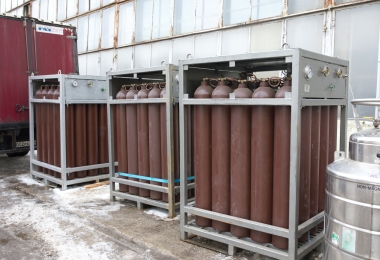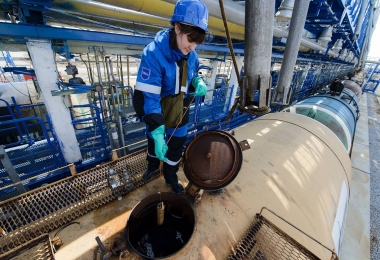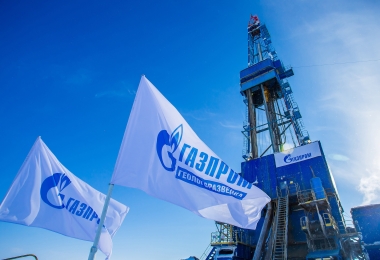Moscow region, Odintsovo
st. Soyuznaya, 7
info@techmedmsk.ru
Helium in nature
Helium in nature
Helium in the earth’s crust is mainly formed during the radioactive decay of uranium 235 and 238, thorium and their decay products. Much less gas is produced by the slow decay of bismuth and samarium-147. These elements create a heavy isotope of matter, the atoms of which are the remnants of alpha particles buried in the shell of two electrons in a paired state.
During the periods of the early geological development of our planet, there may have been other series of radioactive elements that saturate the Earth with helium gas. Modern science has managed to recreate one of these series – neptunium.
The volume of gas that saturates minerals or rocks rather accurately indicates their absolute age. These measurements are based on the law of radioactive decay, according to which half of the uranium-238 is converted to lead and helium over about 4.5 billion years.
The accumulation of matter in the earth’s crust is very slow. From 1 ton of granite, which contains 10 g of thorium and 2 g of uranium, no more than 0.09 mg of helium can be produced within a million years, i.e. only half a cubic centimeter. In some, very rare, uranium and thorium deposits, there are rather large concentrations of gas. But the total share of these minerals in the natural production of helium is very small, which is due to their insignificant distribution in the earth’s crust.
On our planet, 1 cubic meter of air contains only a little more than 5 cubic centimeters of helium, and each kilogram of terrestrial matter contains only 3 thousandths of a milligram of gas. However, in the Universe, helium is unusually widespread: occupying the 2nd place after hydrogen, its share is approximately 23% of all cosmic matter. About half of all gas on Earth is in its crust, mainly in granite layers, which are concentrated in the bulk of radioactive materials.
The mass of helium in the planet’s crust is relatively small. It concentrates in clusters of oil fields that can be exploited commercially. The substance is found in the highest concentrations in the accumulations of gas released from underground aquifers. The amount of helium produced in such deposits depends on the age of sedimentary rocks and the proportion of radioactive elements in them.




